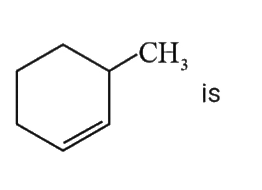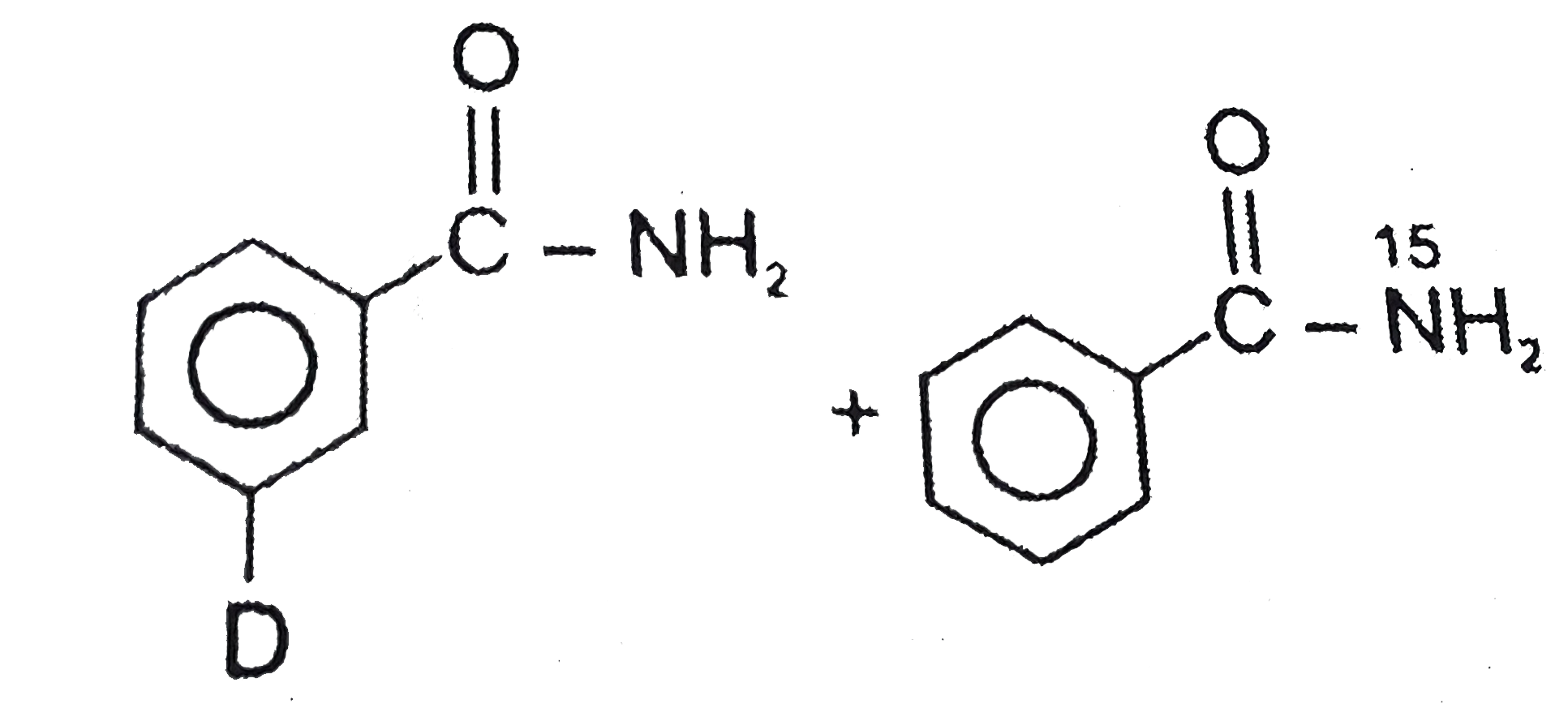Symmetrically subsituted epoxides give the same products in both the acid catalysed and base catalyzed ring opening. An unsymmetrical epoxide gives different products under acid catalysed and base catalysed conditions. Under basic contions, the alkoxide ion simply attacks the less hindered carbon atom in an SN2 displacement. Under acidic conditions, the alcohol, attacks the protonated epoxide.
_S01_403_Q01.png)
Structure II and III show that the oxtrane carbon share part of positive charge. The tertiary carbon bear a larger part of positive charge and it is more strongly electrophilic. The bond between teritiary carbon and oxygen is weaker implying a lower transition state energy for attack at the teritary carbon. Attack by the weak nucleophilic is sensitive to the strength of electrophilic is sensitive to the strength of electrophile. Center attack takes place at more electrophilic carbon which is usually the more substituted carbon because it can better support the positive charge.
_S01_403_Q02.png)
_S01_403_O01.png)
_S01_403_O02.png)
_S01_403_O03.png)
None of these
The correct Answer is:A
Step by step video & image solution for Symmetrically subsituted epoxides give the same products in both the acid catalysed and base catalyzed ring opening. An unsymmetrical epoxide gives different products under acid catalysed and base catalysed conditions. Under basic contions, the alkoxide ion simply attacks the less hindered carbon atom in an SN^(2) displacement. Under acidic conditions, the alcohol, attacks the protonated epoxide. Structure II and III show that the oxtrane carbon share part of positive charge. The tertiary carbon bear a larger part of positive charge and it is more strongly electrophilic. The bond between teritiary carbon and oxygen is weaker implying a lower transition state energy for attack at the teritary carbon. Attack by the weak nucleophilic is sensitive to the strength of electrophilic is sensitive to the strength of electrophile. Center attack takes place at more electrophilic carbon which is usually the more substituted carbon because it can better support the positive charge. by Chemistry experts to help you in doubts & scoring excellent marks in Class 12 exams.
Updated on:21/07/2023Topper's Solved these Questions
- ALKENE, ALKANE & ALKYNE BOOK - ALLENCHAPTER - ALKENE, ALKANE & ALKYNE EXERCISE - EXERCISE-4(A)
10 Videos
- ALKENE, ALKANE & ALKYNE BOOK - ALLENCHAPTER - ALKENE, ALKANE & ALKYNE EXERCISE - EXERCISE-4(B)
10 Videos
- ALKENE, ALKANE & ALKYNE BOOK - ALLENCHAPTER - ALKENE, ALKANE & ALKYNE EXERCISE - EXERCISE-2
103 Videos
- AIIMS 2019BOOK - ALLENCHAPTER - AIIMS 2019EXERCISE - CHEMISTRY
40 Videos
- ALKYL AND ARYL HALIDEBOOK - ALLENCHAPTER - ALKYL AND ARYL HALIDEEXERCISE - EXERCISE-05 (B)
35 Videos
Similar Questions
The major product formed by the acid catalysed hydration of

View SolutionBase catalysed aldol condensation occurs with:
View Solutionthe process whichh is catalysed by one of the product is called
View Solutionthe process whichh is catalysed by one of the product is called
View SolutionDDT is manufactured by acid catalysed condensation of :
View SolutionIndicate bonds which are cleaved
I: In basic contions II: in acidic conditions
_S01_420_Q01.png)
View SolutionWhich of the following compounds will give same major product on acid catalysed hydration ?
View SolutionExplain the mechanism of acid catalysed of an alkene to form corresponding alcohol.
View Solution under Hofmann conditions will give:
under Hofmann conditions will give:
View SolutionGive the following reactions :
A reaction catalysed by silica alumina.
View Solution
